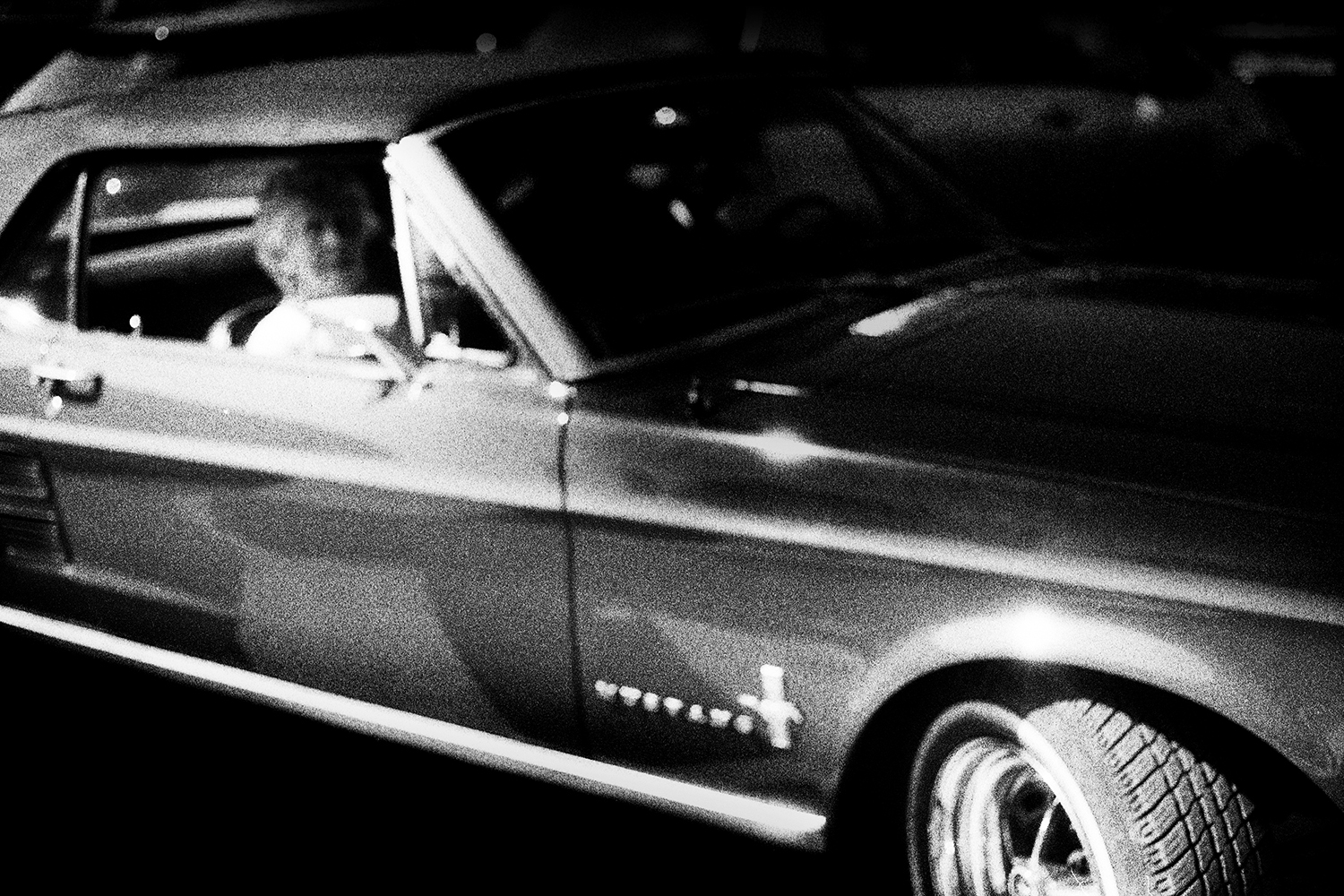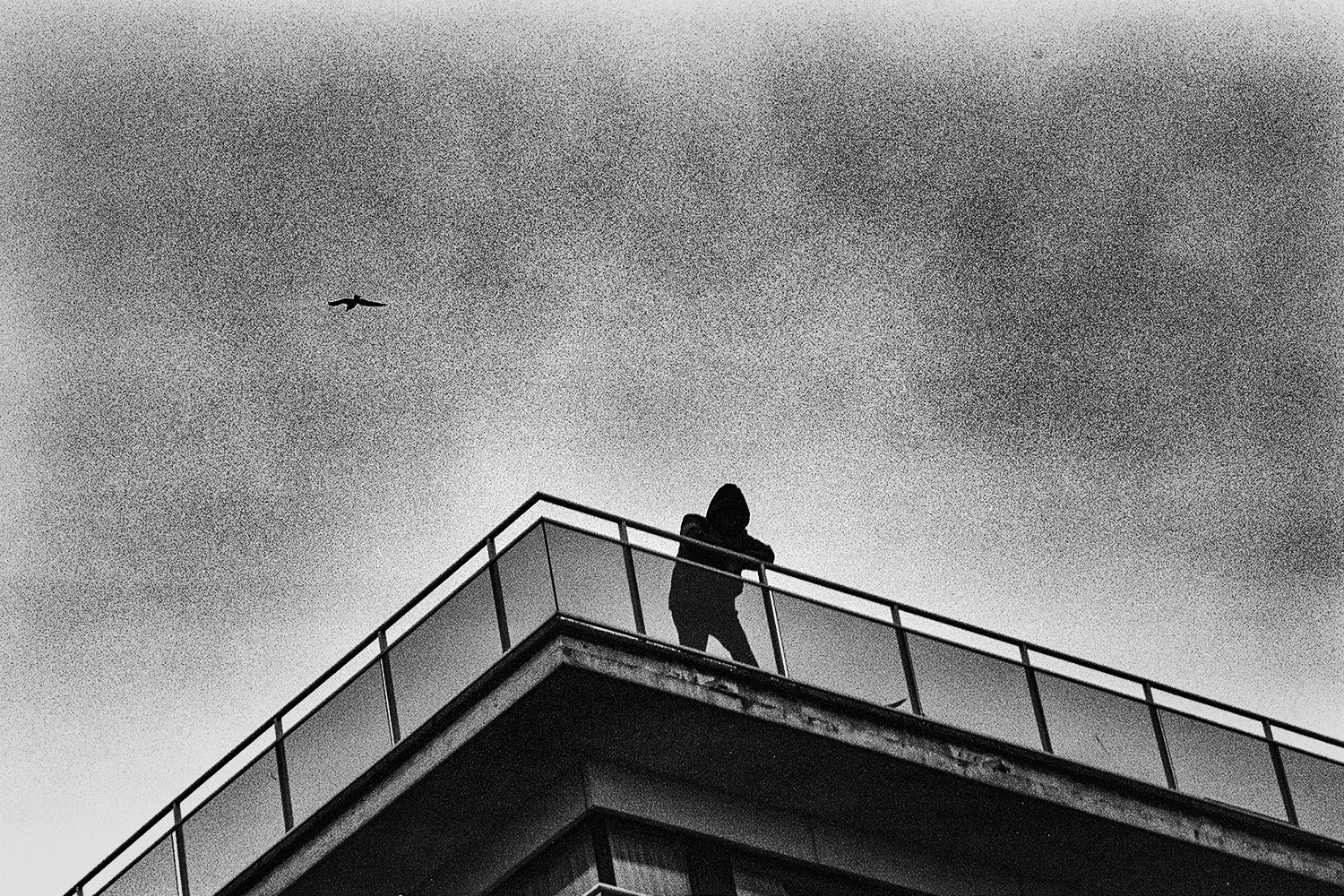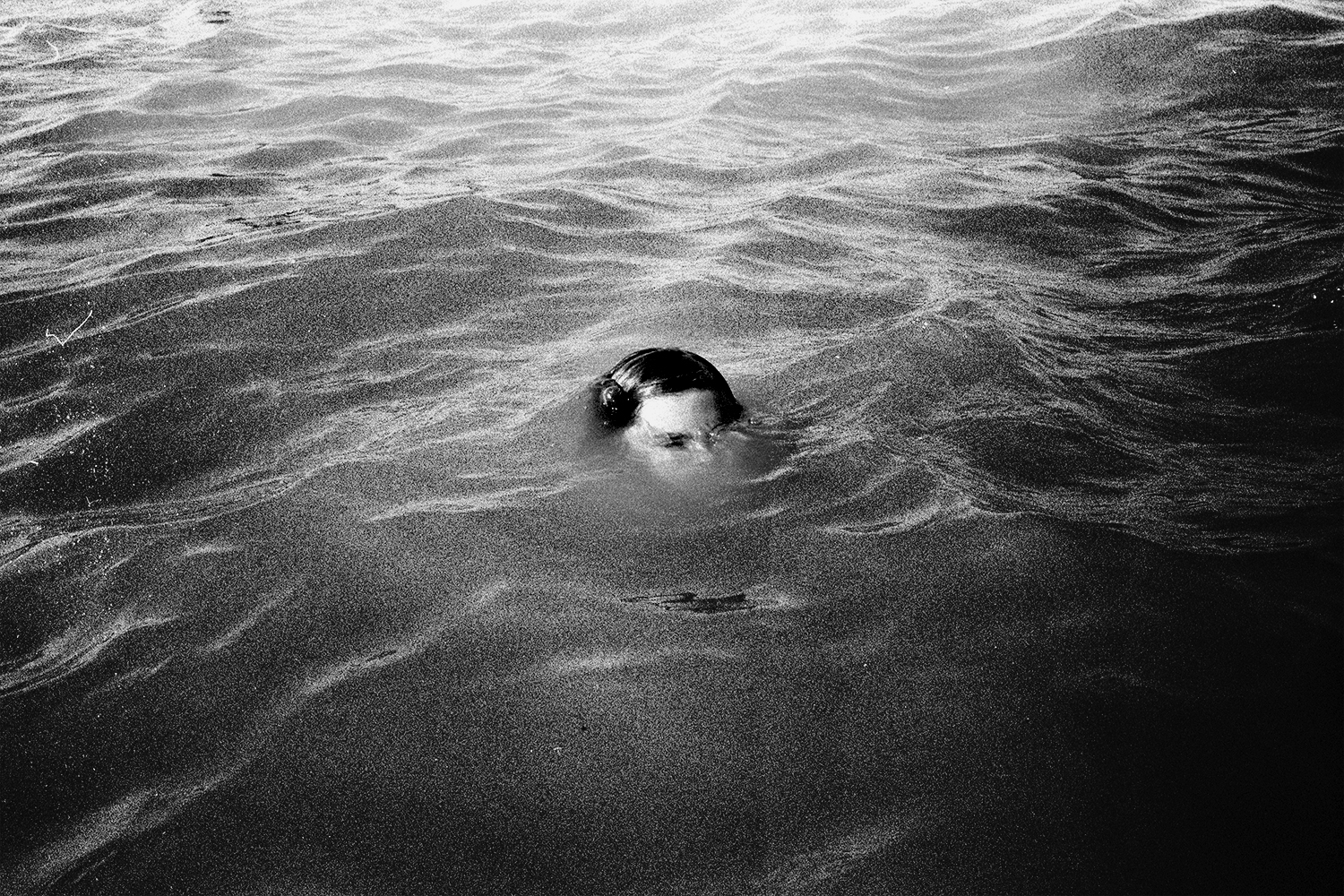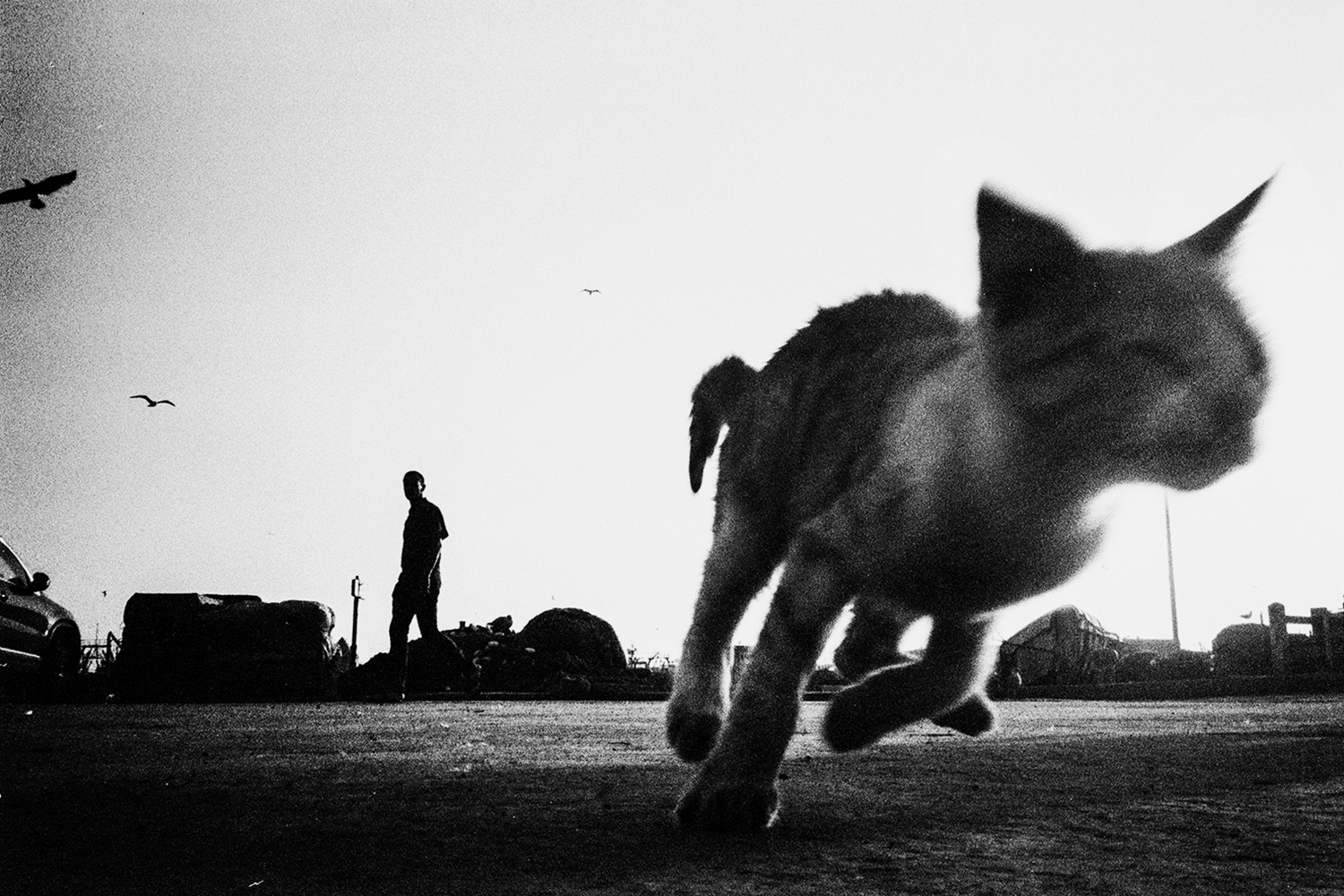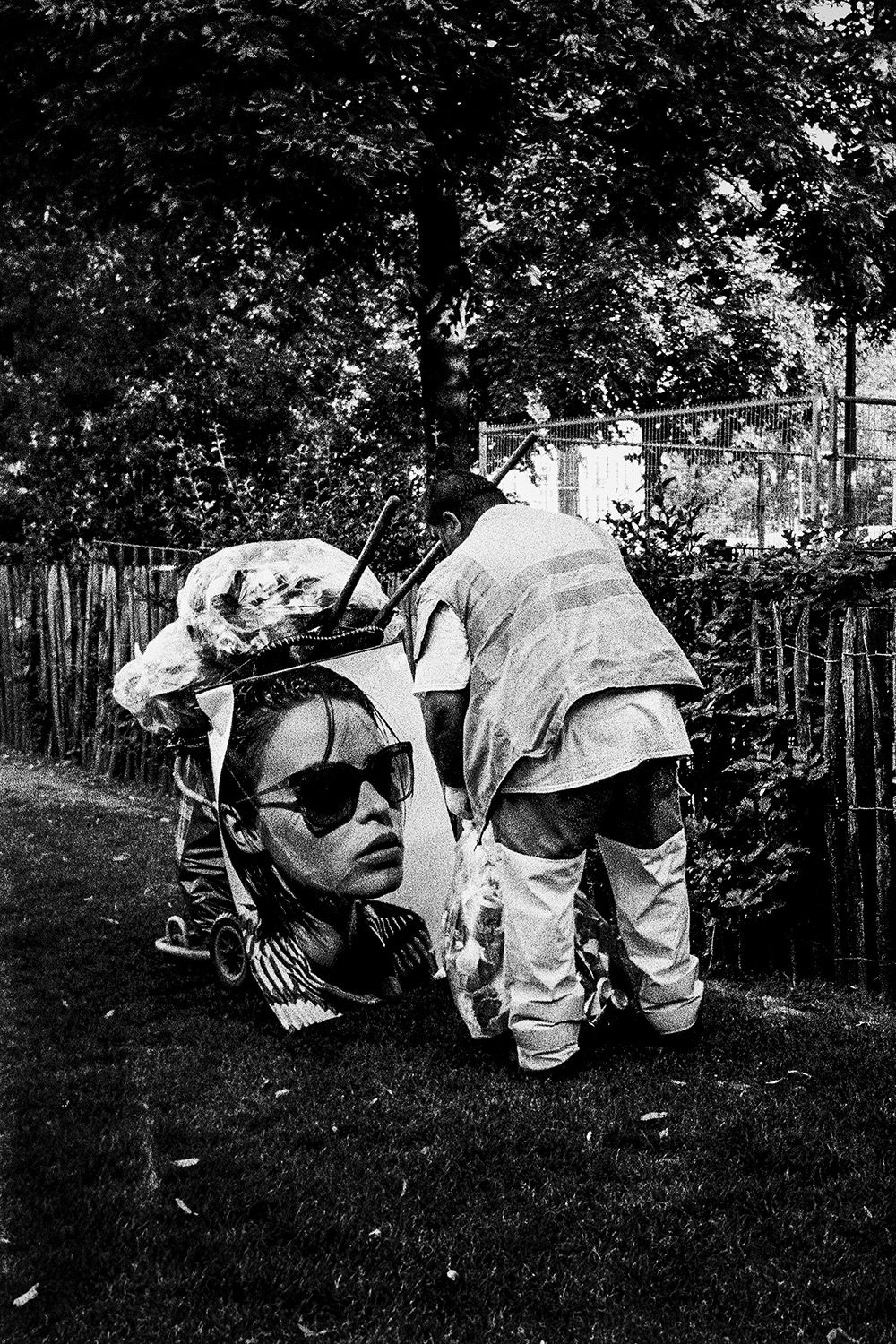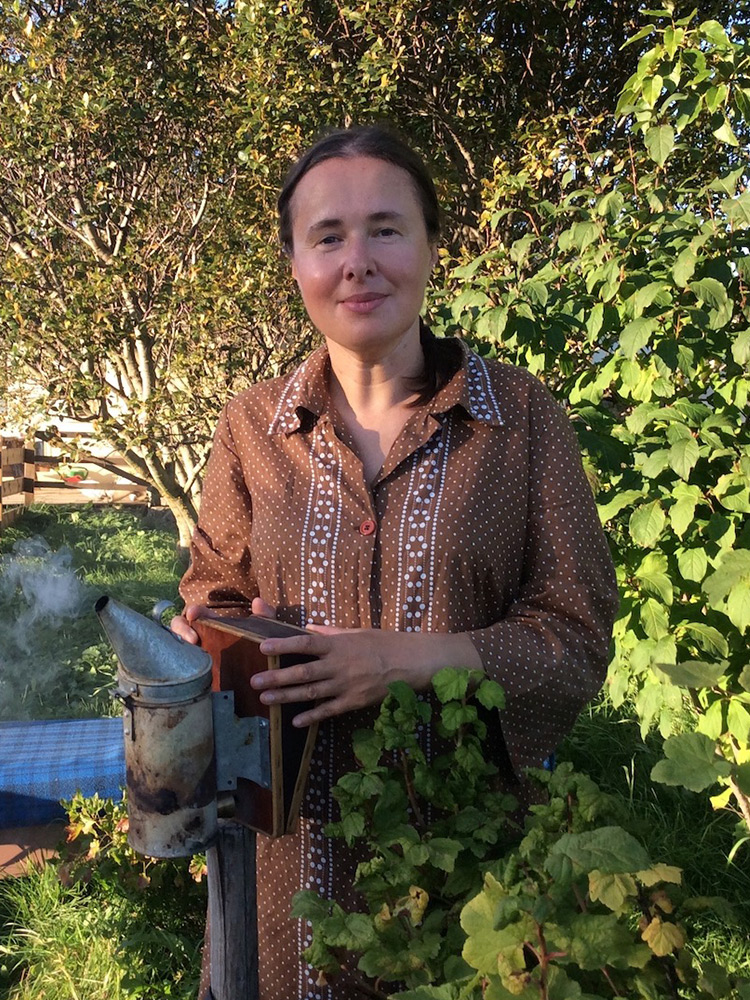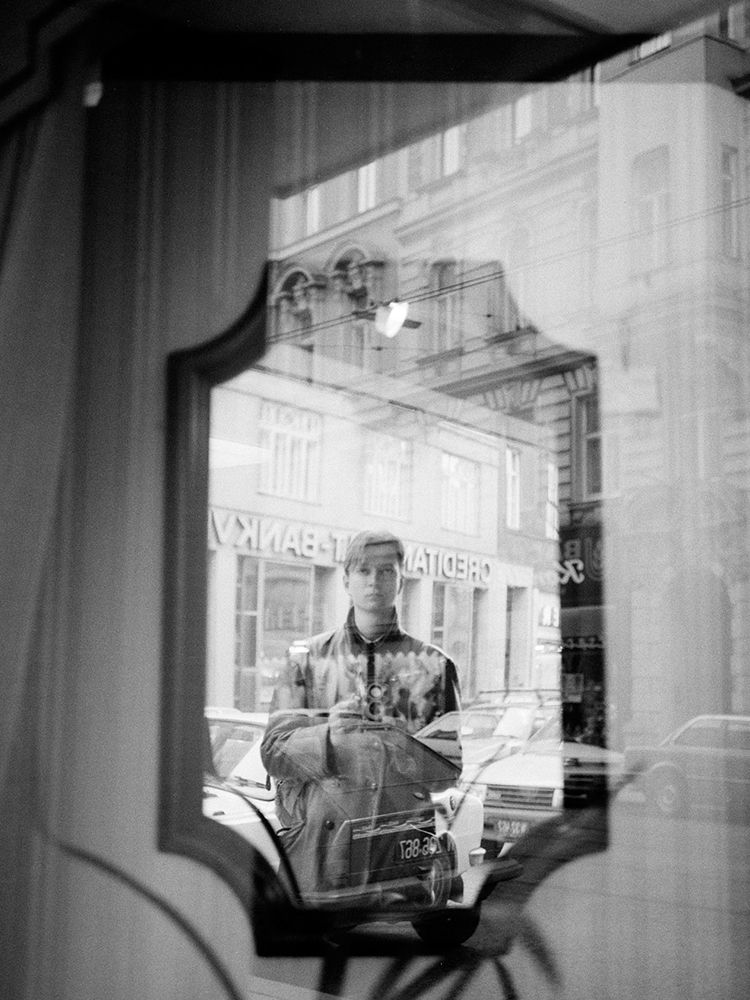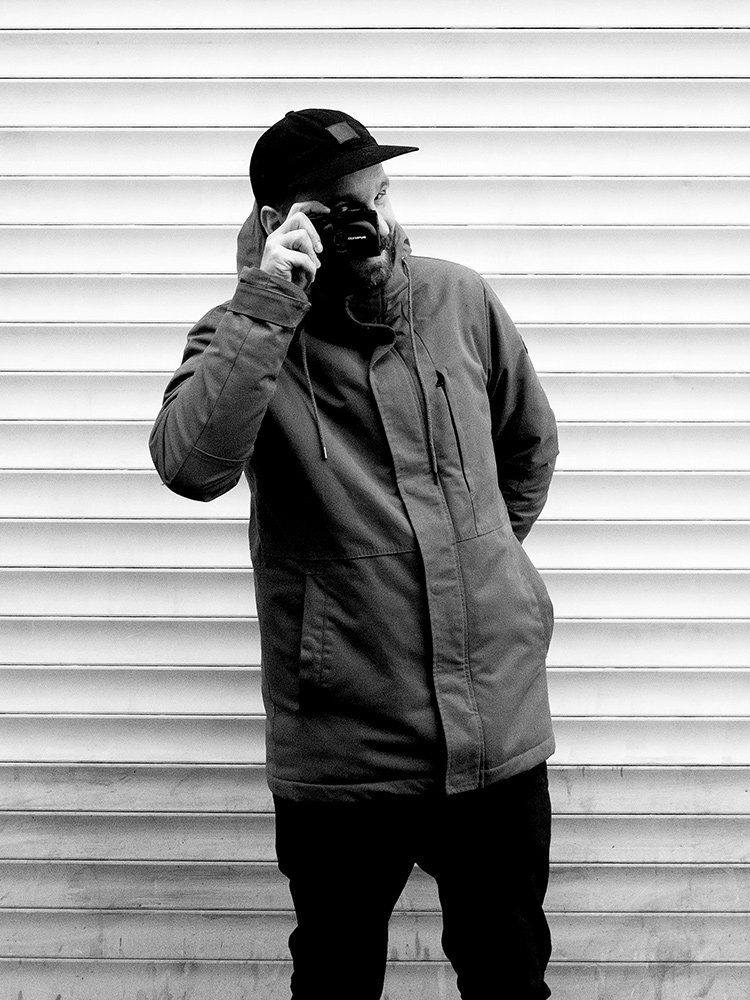
In conversation with
Mathieu Van Assche
Brussels, Belgium
Hi Mathieu, please introduce yourself.
I’m from Belgium and live and work in Brussels. My first passion and practice is illustration and engraving but since 5 years now, I practice photography. Since a friend photographer gave me a film and a little point and shoot, I always have a little camera in my pocket or in my bag. I’m totally self-taught and I’m not a technical photographer. I do photography like a child, most of the time I don’t care about technics, I prefer to use my intuition or my instinct for trying new things with my work.
What does analog photography mean to you? What excites / fascinates you about it?
I like the contrast between the time it takes to shoot in the street and the very slow process of analog photography. I like to not seeing my images directly, forgetting them and discovering them when I receive my developed film. I also like to have (or provoke) “accidents” in my images, I don’t really like when it’s too clean and for that, I think that analog photography is better than digital.
In your opinion, what are the advantages and disadvantages of analogue photography?
The advantage for me is the slow process and, like I explained in the previous question, the place of the “accident” in the photography is important to me. And of course, I love the grain and the render of analog photo. The big disadvantage is the price. Film, development and camera are very expensive.
Do you concentrate on a certain topic in your work?
My first real work of photography was a collective streetphotography project called “1010”, based in Brussels. For me, it was like a school of photography, so it’s natural that I concentrate my work on streets. But all my photography is what surrounds me, so if I am in the mountains, I will photograph landscapes. I don’t like to lock myself into a particular subject, most of the time I’m not a photographer who works on a subject thoroughly.
Are there (analogue) photographers who have influenced your aesthetic and approach?
Of course, a lot! I learn a lot about photography when I look at some books of photograpy. For example: Daido Moriyama, Bruce Gilden, Saul Leiter, Fukase Masahisa, Anders Peterson, Trent Parke and the magazine “Hamburger Eye” from San Francisco.
Do you have certain cameras and films that you prefer to work with?
As I’m not a technical photographer, I only use a cheap and easy camera. My favorites are little point and shoot like Olympus XA, MJU, PEN but a lot of them are so expensive and brittle. Recently I found and used a Canon Prima mini zoom, it’s very cheap and it was perfectly for me. For the film, it’s same – I prefer Kodak Tri-x but it’s become too expensive so I use Kentmerre 400.
Speaking of films: What does your workflow look like?
Always the same: Shoot shoot shoot, develop by a lab in Brussels, scanning and post-prod by me.
What advice would you have for other photographers who are reading this interview?
Don’t be shy, be curious, open your eyes and shoot.
If you publish your work on Instagram: curse or blessing?
For me it’s a blessing. Without instagram, i think nobody would see my work.
Which 3 photo books can you recommend / should you definitely own?
Trent Parke (“Minute to Midnight”), Masahisa Fukase (“Raven”) and the magazine Hamburger Eyes
Thank you so much for your time!
Favorites
Olympus XA2, Olympus PEN, Canon Prima Mini
Kodak Tri-X 400
B/W
